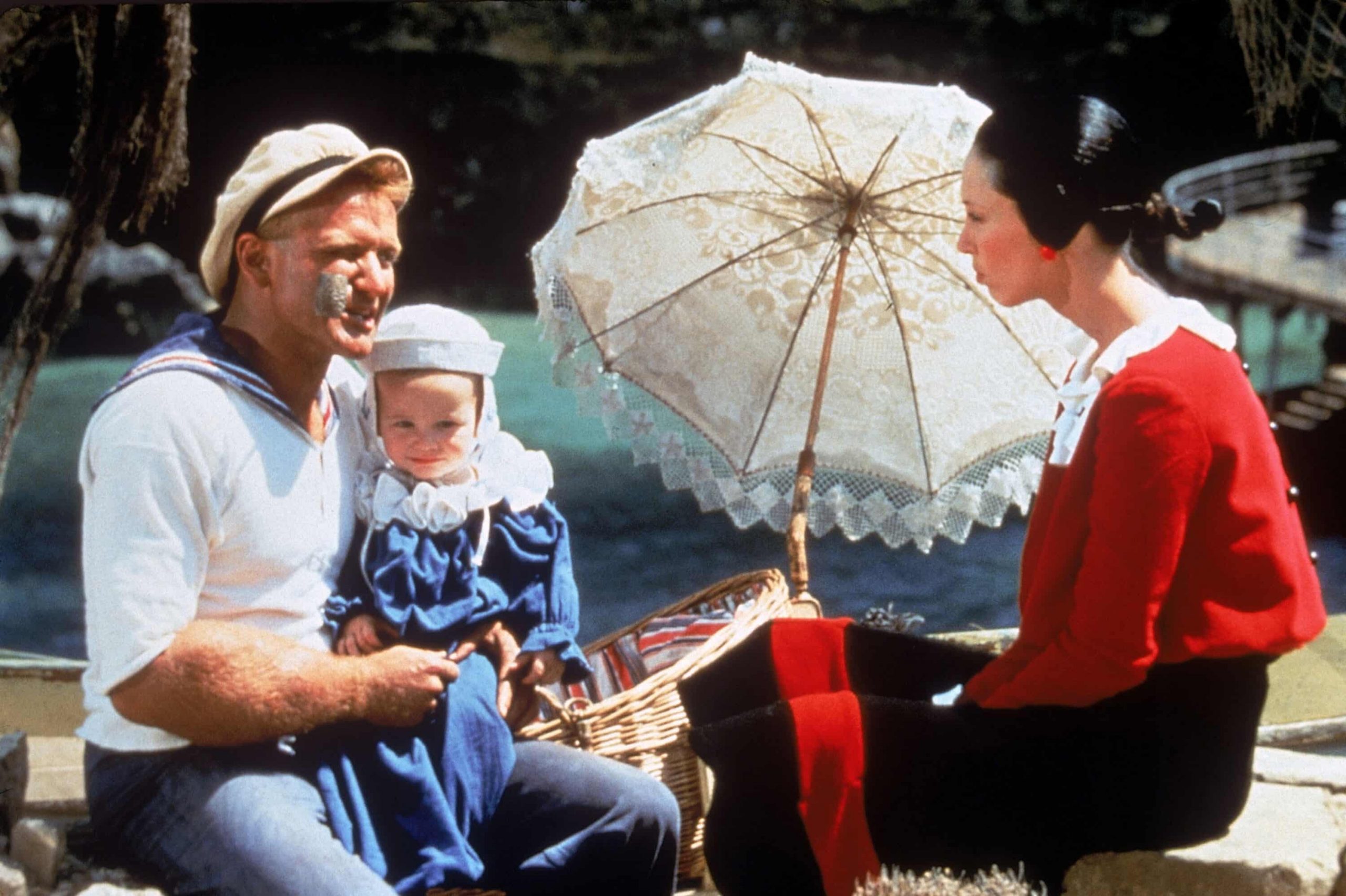Popeye is a simple, if bizarre, concept: he’s a sailor man who loves spinach, the leafy veg which inflates his forearms to the size of barrels. Most Popeye episodes would follow the same formula, with the dastardly Bluto trying his hardest to win the affection of Olive Oyl at any means, but with Popeye always saving the day.
In 1980, a live-action movie version of Popeye was made with Robin Williams in the leading role, though with auteur director Robert Altman at the helm, things didn’t quite turn out as people expected. Let’s take a look back at the film that yis what it yis, and that’s all that it yis!
20. The film was Robin Williams’ first leading role
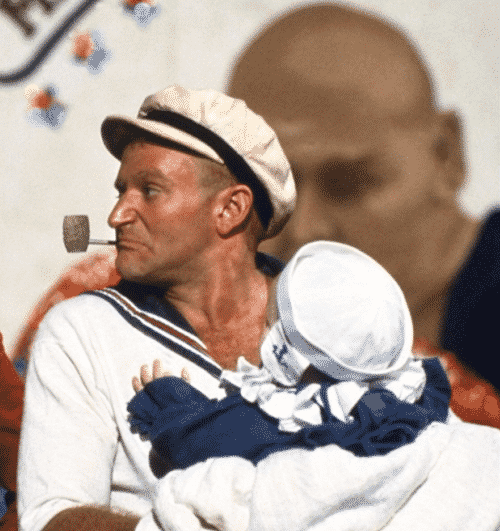
Robin Williams would come to be a titan of the movie scene, beloved the world over for his whip-sharp wit and heartwarming performances; before his tragic death in 2014, it was estimated that Robin Williams had a net worth of $50 million. But his success on the silver screen all began with Popeye.
Williams had been plucked from the stand-up comedy circuit to play the alien Mork in an episode of Happy Days (which, yes, apart from being a 50s throwback also included an actual alien). So successful was Williams’ performance that a long-running spin-off, Mork and Mindy (1978-82) was commissioned.
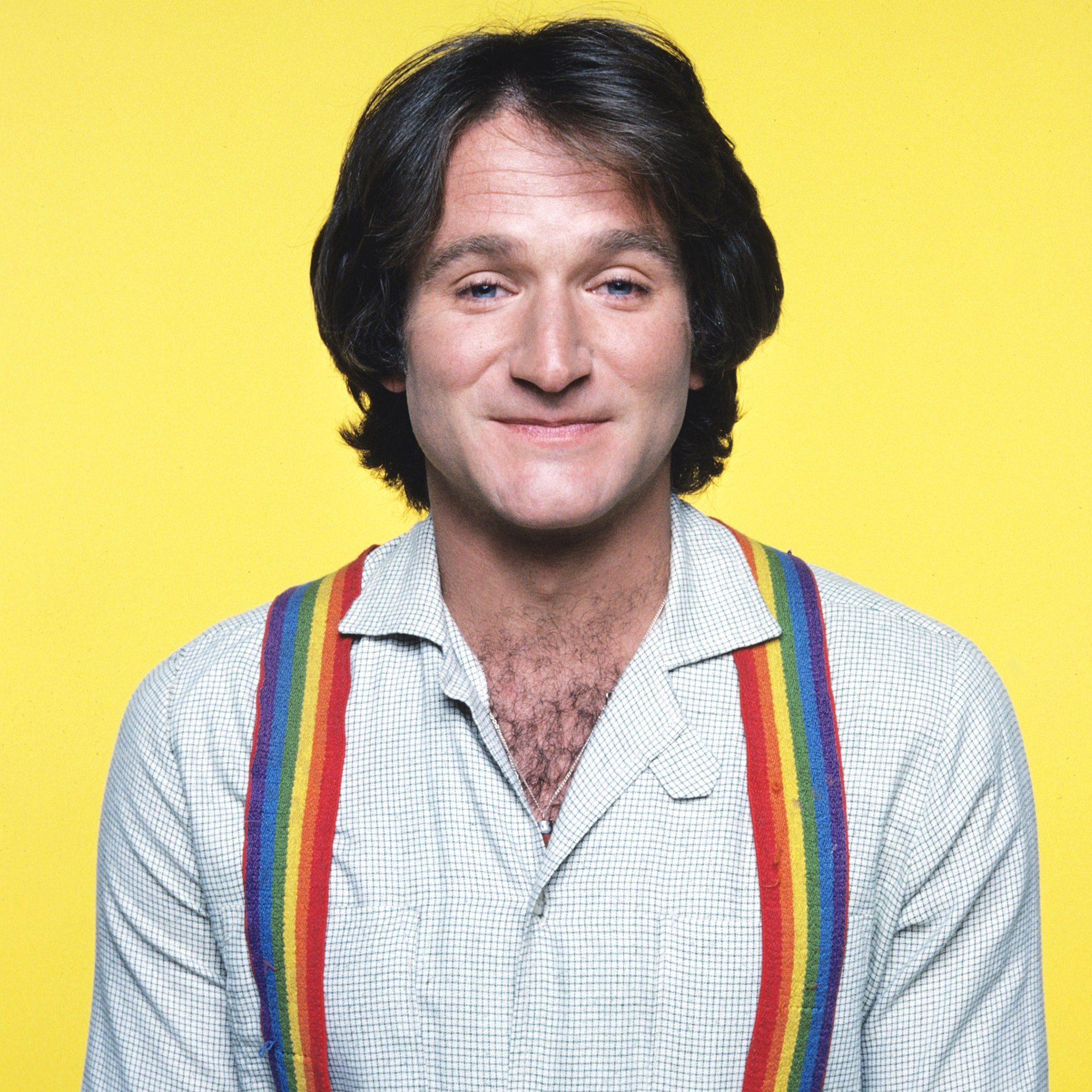
It’s hard to overstate how much of a cultural phenomenon Mork and Mindy became. Williams was even featured on the cover of Time Magazine.
[rtk_adunit_middle]
It’s often incorrectly reported that Popeye was Williams’ first feature film. In fact, Williams had a small role in the anthology comedy film Can I Do It… ‘Til I Need Glasses?, which was released in 1977. Williams, then unknown, had been paid $150 for his efforts; the film was poorly reviewed.
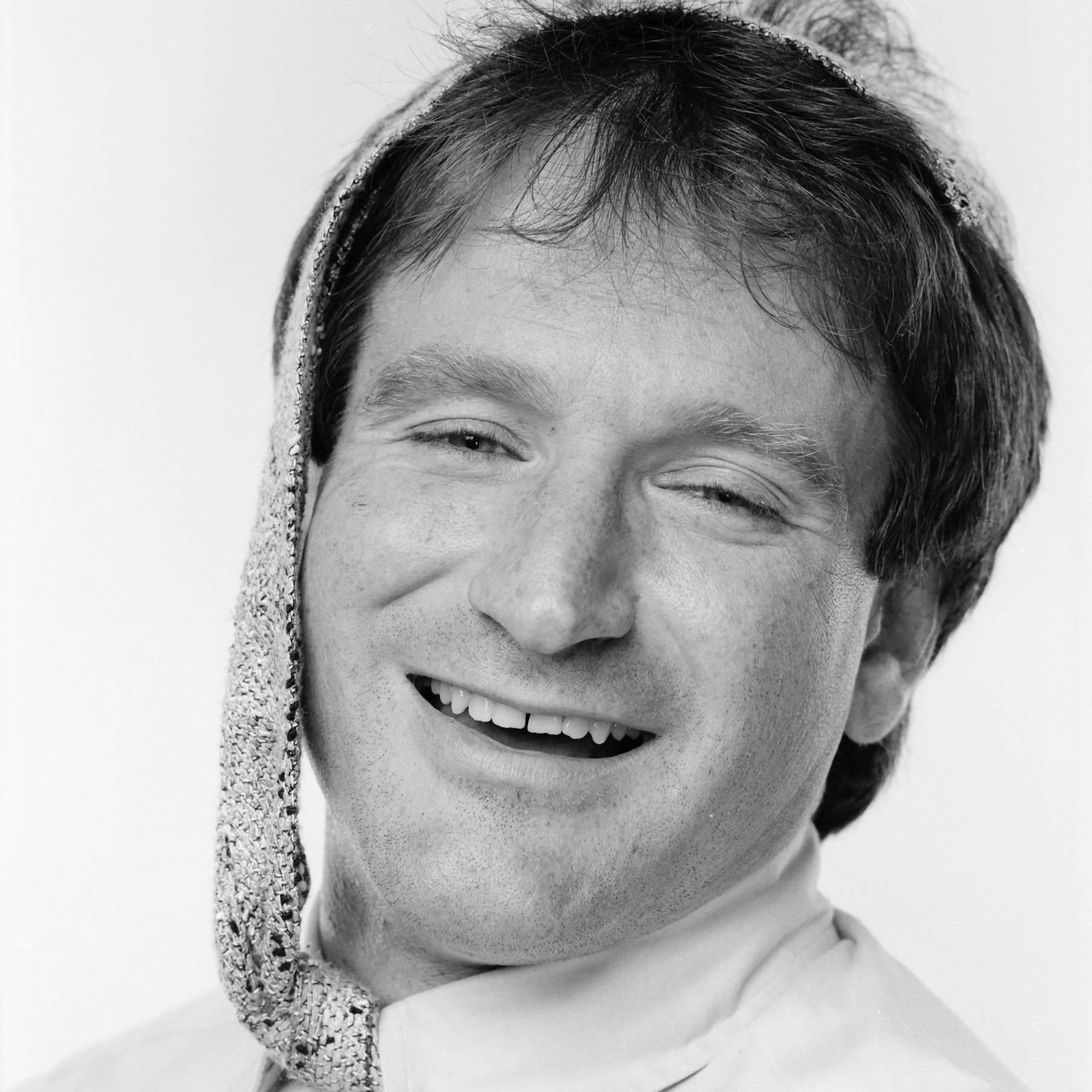
And then came Popeye. In the words of Vanity Fair writer Eric Spitznagel, “I love it, goddammit, and I’m tired of pretending I don’t … I’m going to say it: it’s Robin Williams’s best film, hands down. Nothing else even comes close.”
[rtk_adunit_bottom]
19. Shelley Duvall’s nickname in school was Olive Oyl
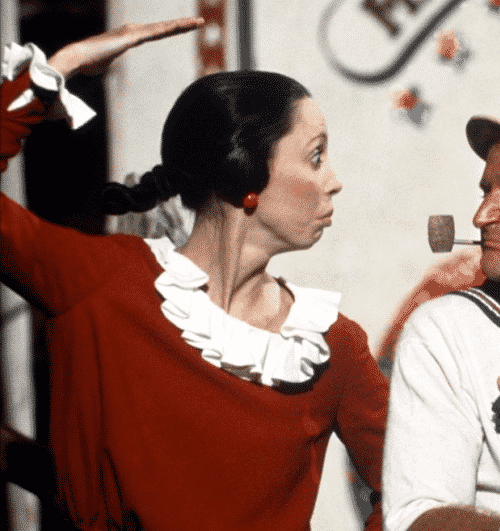
Shelley Duvall is best remembered for her wide-eyed terror as Jack Nicholson’s Jack Torrance breaks down the door in The Shining (1980), but Duvall’s films stretch far beyond the role of an ear-splitting wife – and Popeye, released just after Stanley Kubrick’s horror masterpiece, is the perfect example.
[rtk_adunit_top]
Duvall is brilliantly cast as Olive Oyl. As Robert Ebert noted just before the film’s release, “She looks and sounds like almost nobody else, and if it is true that she was born to play the character Olive Oyl, it is also true that she has possibly played more really different kinds of characters than almost any other young actress of the 1970s.”
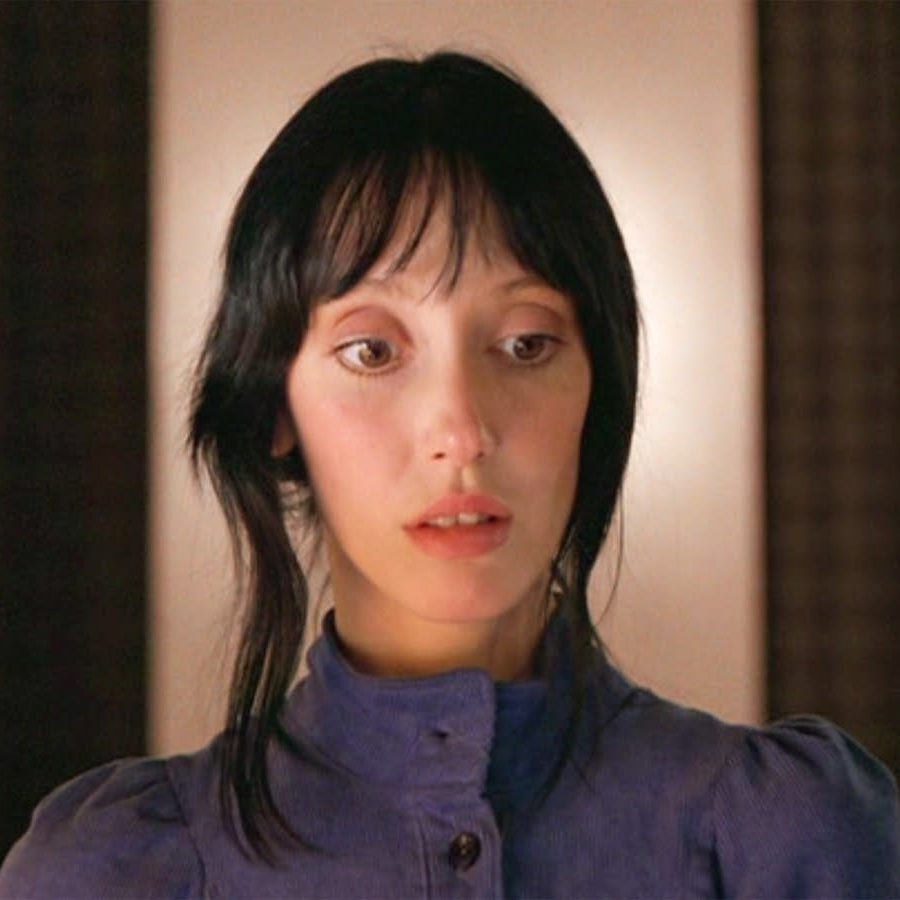
And it seems that she was born to play the part! Duvall has had a number of nicknames: ‘Manic Mouse’, and ‘The Texas Twiggy’ as per her mother and the press.
[rtk_adunit_middle]
But apparently Duvall was also nicknamed Olive Oyl at school, and it’s easy to see why: tall and slender, with a quiet intensity about her, it seems Duvall was always destined for the role.

Initially, however, producers sought out Gilda Radner for the part, who had risen to fame on Saturday Night Live. But director Robert Altman, who had brought Duvall fame initially, insisted on having his pick.
[rtk_adunit_bottom]
18. The director shot the film in as remote a location as he possibly could

Being an auteur director means doing things your way, whatever the cost, and whatever the inconvenience. So when Robert Altman decided to film his musical comedy on the island of Malta, no one dared stand in his way.
[rtk_adunit_top]
According to Hollywood Suite writer Alicia Fletcher: “Altman wanted to get as far away from Hollywood as possible to make this film, intent on keeping his creative decisions his own and his production far away from any possible visiting producer or studio exec.”
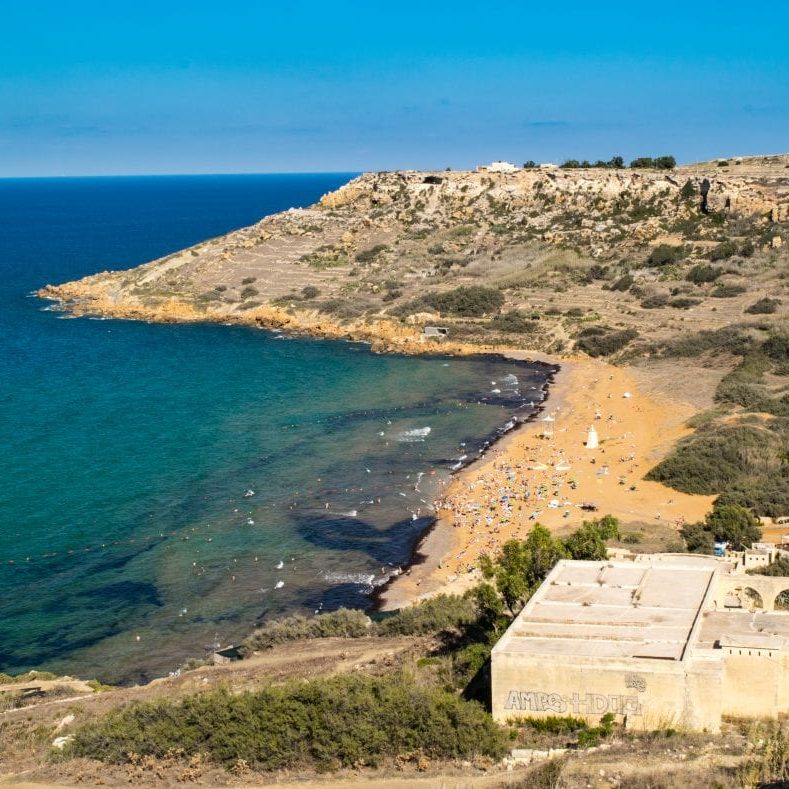
“The Malta location adds a bizarre, gritty feel to the film,” she continues. “Colourless except for splashes of the ocean’s green-blue hues, it looks like a nightmare of slivers and tetanus.”
[rtk_adunit_middle]
With a population of roughly half a million people, Malta is both the tenth smallest country in the world and the fifth most densely populated. But despite its small size, Malta has been the location for several famous films.
It was used to represent Rome in Gladiator (2000) and even Jerusalem in the Brad Pitt zombie flick World War Z (2013).
[rtk_adunit_bottom]
17. An entire town was built from scratch for the film

Just because Altman specially selected Malta didn’t mean it was perfect. In fact, he had a very specific vision of how the idyllic harbour town of Sweethaven was meant to look – and he was going to realise it.
[rtk_adunit_top]
Altman hired 165 construction crew from all over the world to build the Popeye set, which took seven months to assemble.
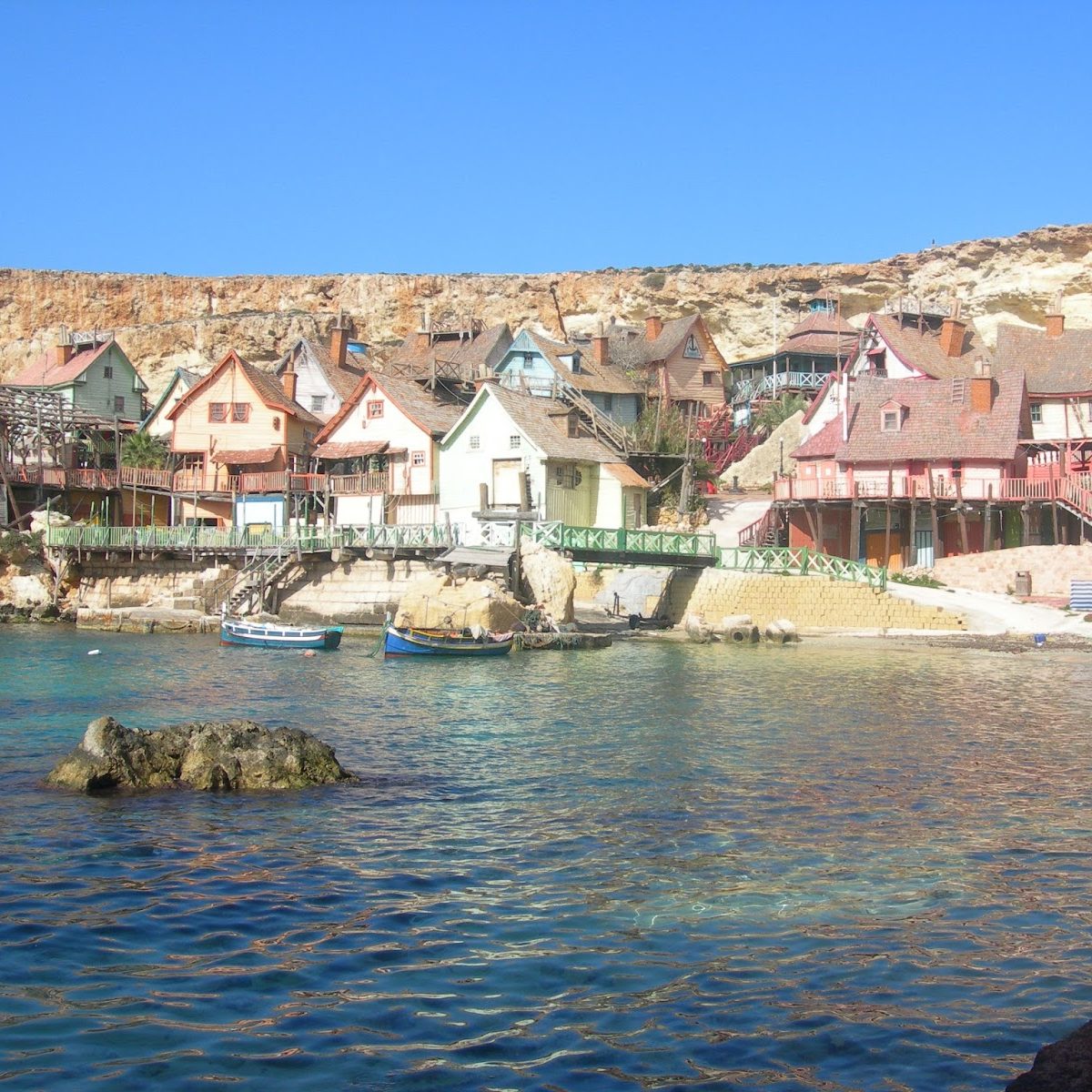
Tree trunks were imported from Netherlands, driven across Europe, and wood shingles were flown in from Canada. Needless to say, it was expensive.
[rtk_adunit_middle]
Popeye was given an initial budget of $20 million, and the moment Disney/Paramount got wind that production costs had increased, Altman was unceremoniously ordered to wrap and return to California as soon as possible.

Sweethaven still exists, and has become a famed tourist attraction on the island called Popeye’s Village, a combination behind-the-scenes tour and amusement park.
[rtk_adunit_bottom]
16. The film is more faithful to the comic strips than the cartoon series

One of the main criticisms levelled against Popeye is that it diverges too much from the original cartoon – but with the film instead inspired by the comic strip that preceded the cartoon, that makes it even more faithful than the character’s most widely known incarnation!
[rtk_adunit_top]
You might think it’s strange that Robin Williams’ incarnation of the buff sailor utterly despises spinach – in fact, many scenes have him retch at the mere mention of it – but this is actually accurate to the comic strip.
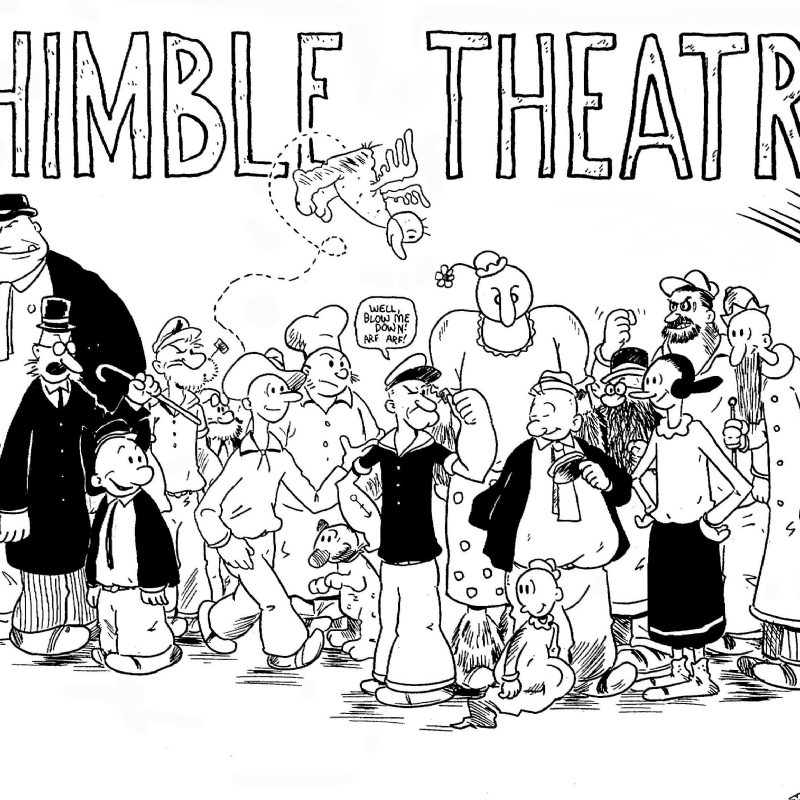
Williams does come around to spinach at the end of the film, as does Popeye in the original ‘Thimble Theater’ comics, but it was the Fleischer cartoons that promoted Popeye as a spinach-eating propaganda machine.
[rtk_adunit_middle]
Other comic-specific references abound in the film. When Olive Oyl and Bluto are getting engaged, a man can be seen complaining in the background – this is Ham Gravy, who used to be Olive’s fiancé in the comics before he was dumped in favour of Popeye.
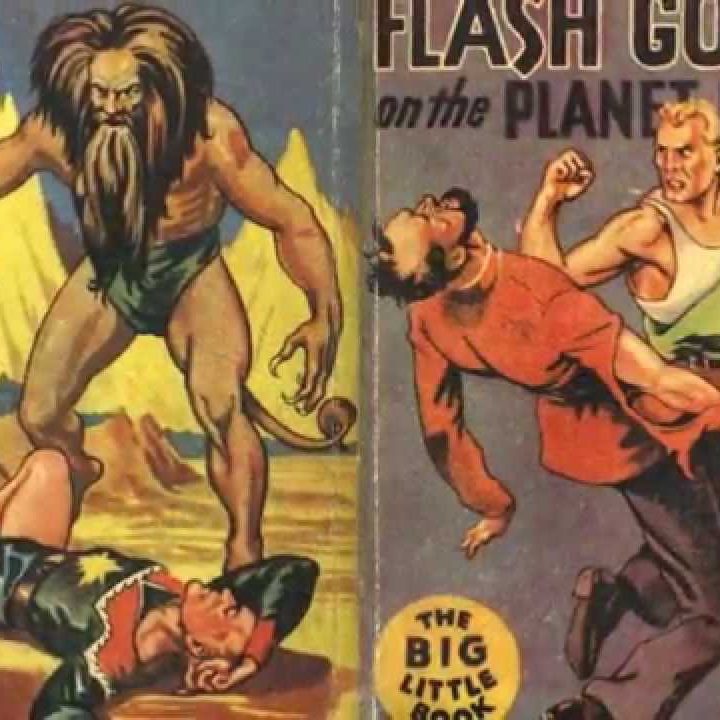
Unlike today, it seems that audiences in 1980 weren’t fans of comic adaptations. Flash Gordon, another film that has since become a cult classic, was released in the same year; it was also savaged by critics.
[rtk_adunit_bottom]
15. Robert Altman wanted to make a Popeye movie that hardly featured Popeye
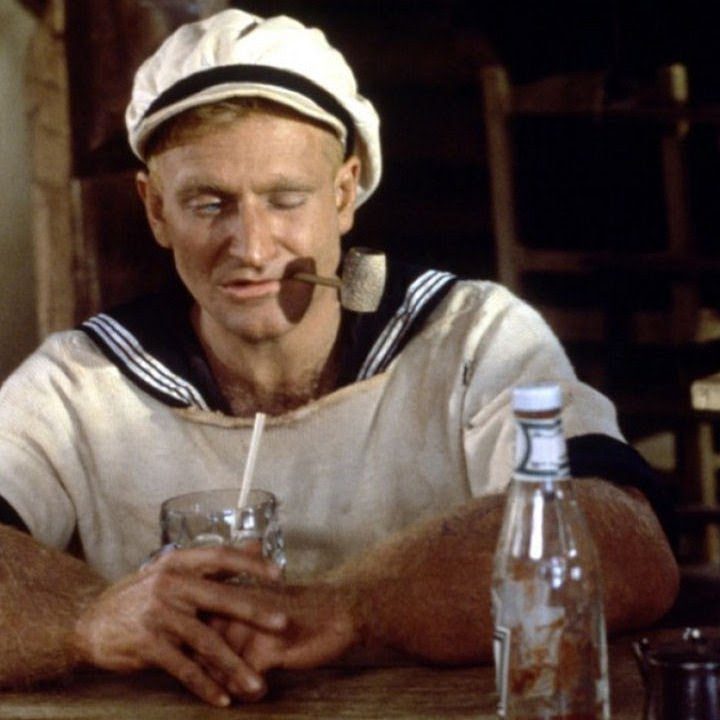
For Disney and Paramount, the studios jointly financing the feature, Popeye was a strictly commercial enterprise. They were keen to use an old property, to which they owned the rights, to make a money-spinning family film. Robert Altman had other ideas.
[rtk_adunit_top]
According to Jules Feiffer, the original screenwriter, Altman had little inclination to even shoot a Popeye film involving Popeye. Feiffer released a memoir, Backing Into Forward, in 2010, and included extensive details about his experience of working on the film.

“Altman and I had been fighting,” Feiffer writes. “I had come to understand that my script was primarily his beard, the cover story that got him financing for the real movie he intended to shoot…”
[rtk_adunit_middle]
Feiffer continues: “Included among the extras was a company of free-form clowns from San Francisco … [who performed] madcap stunt improvisations, funny or not so.”
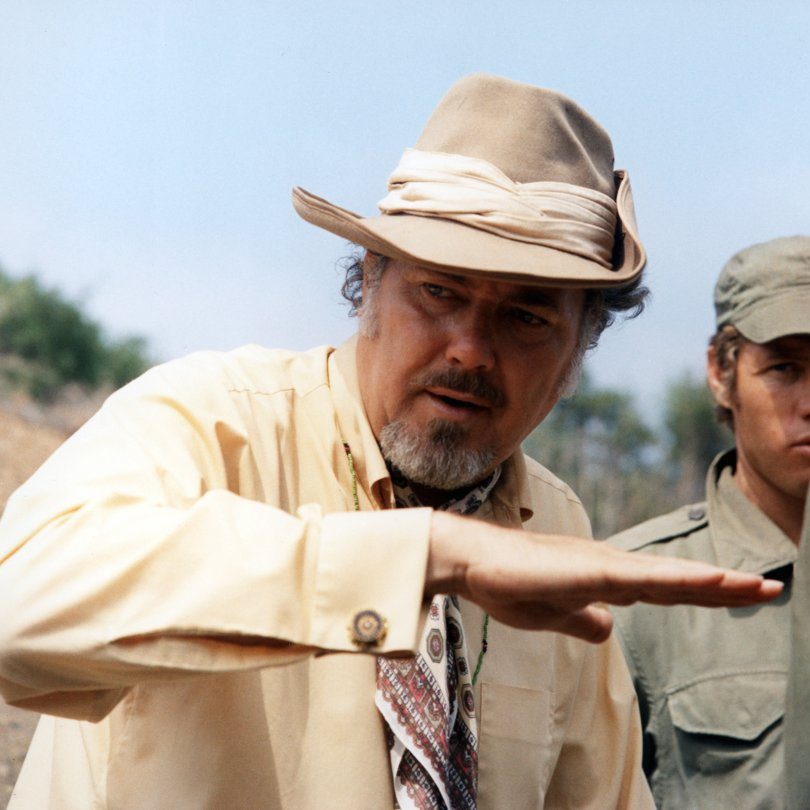
“When Robert Evans [the producer] saw the first rough assembly of the film, he went bananas. ‘It’s a mess! It’s got no story, it’s practically got no Popeye, it’s incoherent!'” Evans managed to pressure Altman to return to Popeye’s story, and Altman’s preferred cut (with very little spinach-eating sailor) never saw the light of day.
[rtk_adunit_bottom]
14. The producers made the film because they couldn’t get the rights to Annie
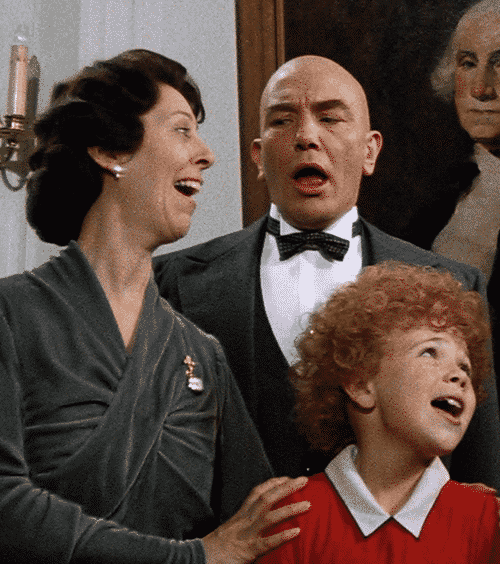
The producers of Popeye were actually wanting to make a musical movie version of the comic strip of orphan Annie, but lost out on the rights to Annie to Columbia who went on to make the movie version of Annie in 1982.
[rtk_adunit_top]
This version of Annie received distinctly mixed reviews but grossed $57 million at the box office, making it the tenth highest-grossing film that year – but its initial $50 million budget made it a photo finish in terms of profits.
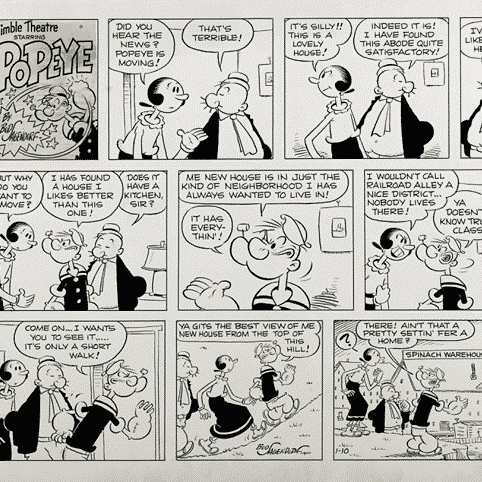
After losing the bidding war for Annie, the producers wanted to see what other comic strip characters they could obtain the rights to that would make a good musical movie and someone suggested Popeye, leading to the movie being made.
[rtk_adunit_middle]
Initially, Robert Evans wanted John Schlesinger to direct, with whom he’d collaborated on Marathon Man (1976).
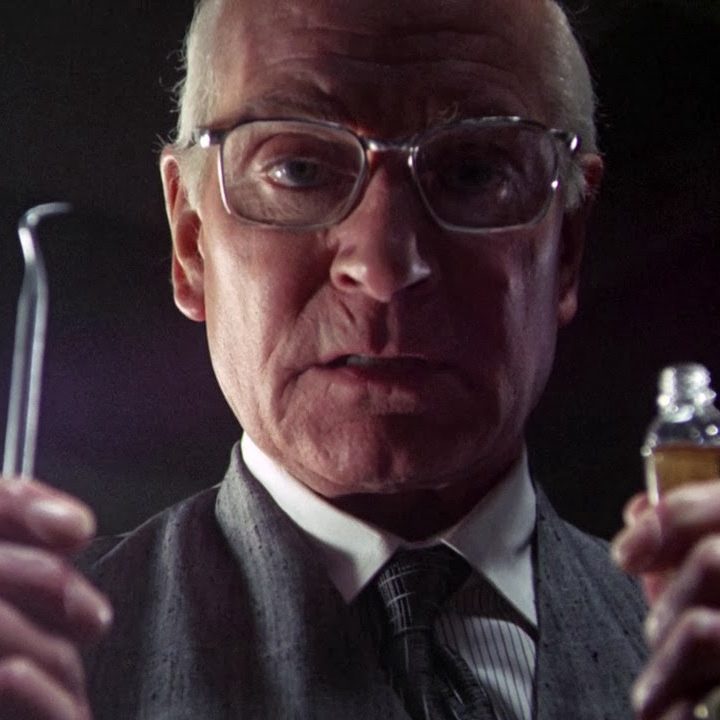
As mentioned, Gilda Radner was initially in the frame to play Olive Oyl, but declined the part after her manager, Bernie Brillstein, discouraged her from working in such an isolated location with the capricious Altman.
[rtk_adunit_bottom]
13. The film was the first Disney film to feature a curse word
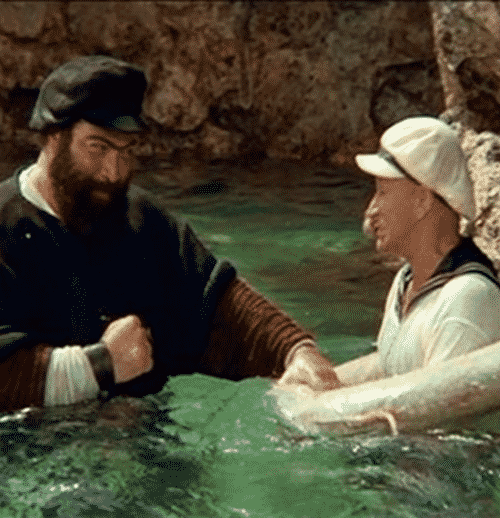
You might be surprised to learn that a film about a sailor who often gets into fisticuffs wasn’t soaked in profanity, but this was a Disney production after all!
[rtk_adunit_top]
But when you employ Robin Williams, you’re employing an improviser who loves to ad-lib, and sometimes certain things can sneak through…
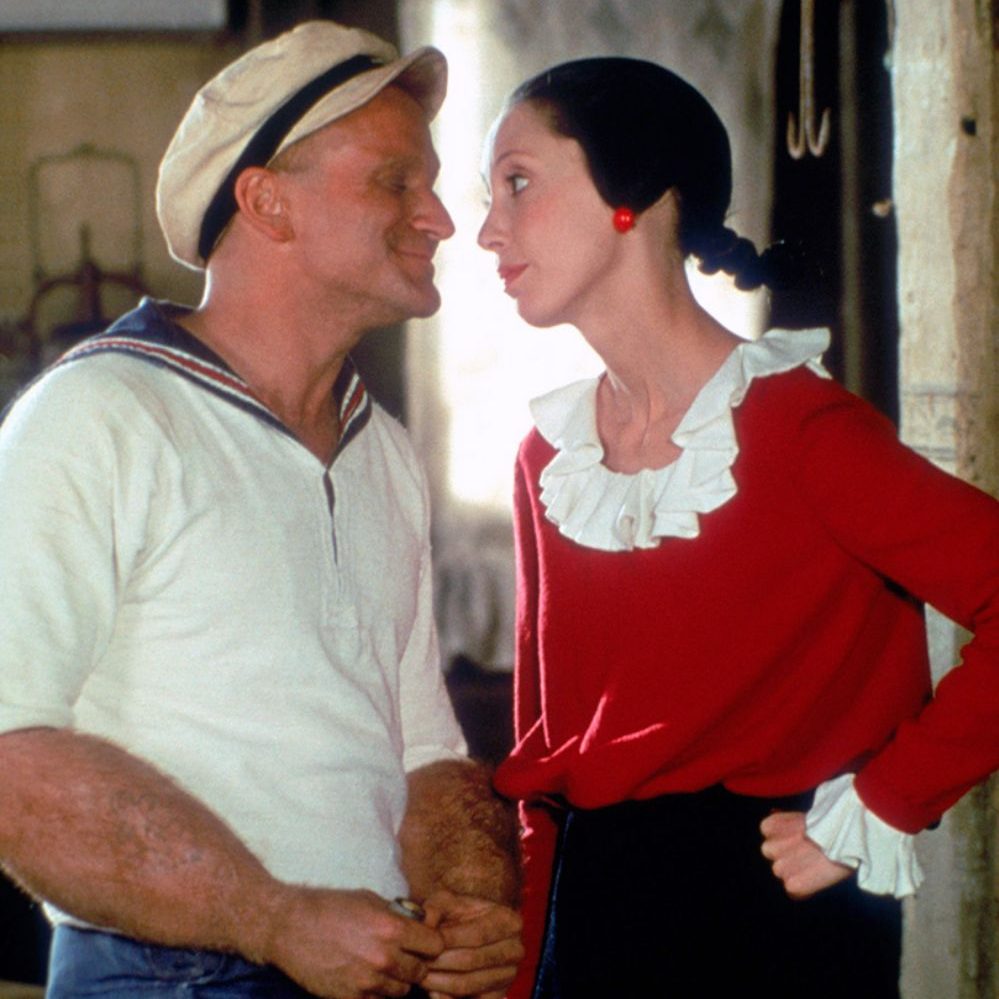
Williams had a habit of swearing during the stunt sequences and, if you listen carefully during Popeye’s fight with Bluto, you can hear him says ‘s**t’ when dodging a hook.
[rtk_adunit_middle]
Williams also reportedly said ‘s**t’ when abandoning the sinking ship after the octopus attack, but this was dubbed out.

Producers were reportedly concerned at the level of profanity in the family film’s first cut, and this was one of the many changes they demanded of Robert Altman.
[rtk_adunit_bottom]
12. The film was panned by critics… mostly
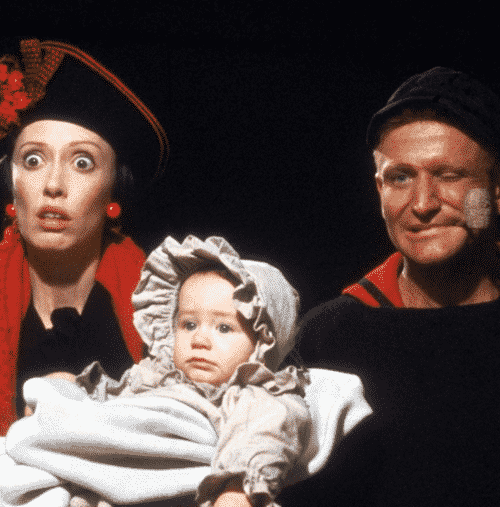
Popeye received generally poor reviews, and was not well received by critics, even winning Worst Picture at the Hastings Bad Cinema Society’s 3rd Stinkers Bad Movie Awards (1980).
[rtk_adunit_top]
As critic Leonard Matlin wrote at the time, “E.C. Segar’s beloved sailorman boards a sinking ship in this astonishingly boring movie. A game cast does its best with an unfunny script, cluttered staging, and some alleged songs. Tune in a couple hours’ worth of Max Fleischer cartoons instead; you’ll be much better off.”

However, many critics declared the film a mixed bag, praising its dynamic cast and charm while also seeing the film as unintelligible and just generally weird.
[rtk_adunit_middle]
On the other hand, Roger Ebert, for good or ill often regarded as the highest authority on film criticism, was effusive in his praise for the film.
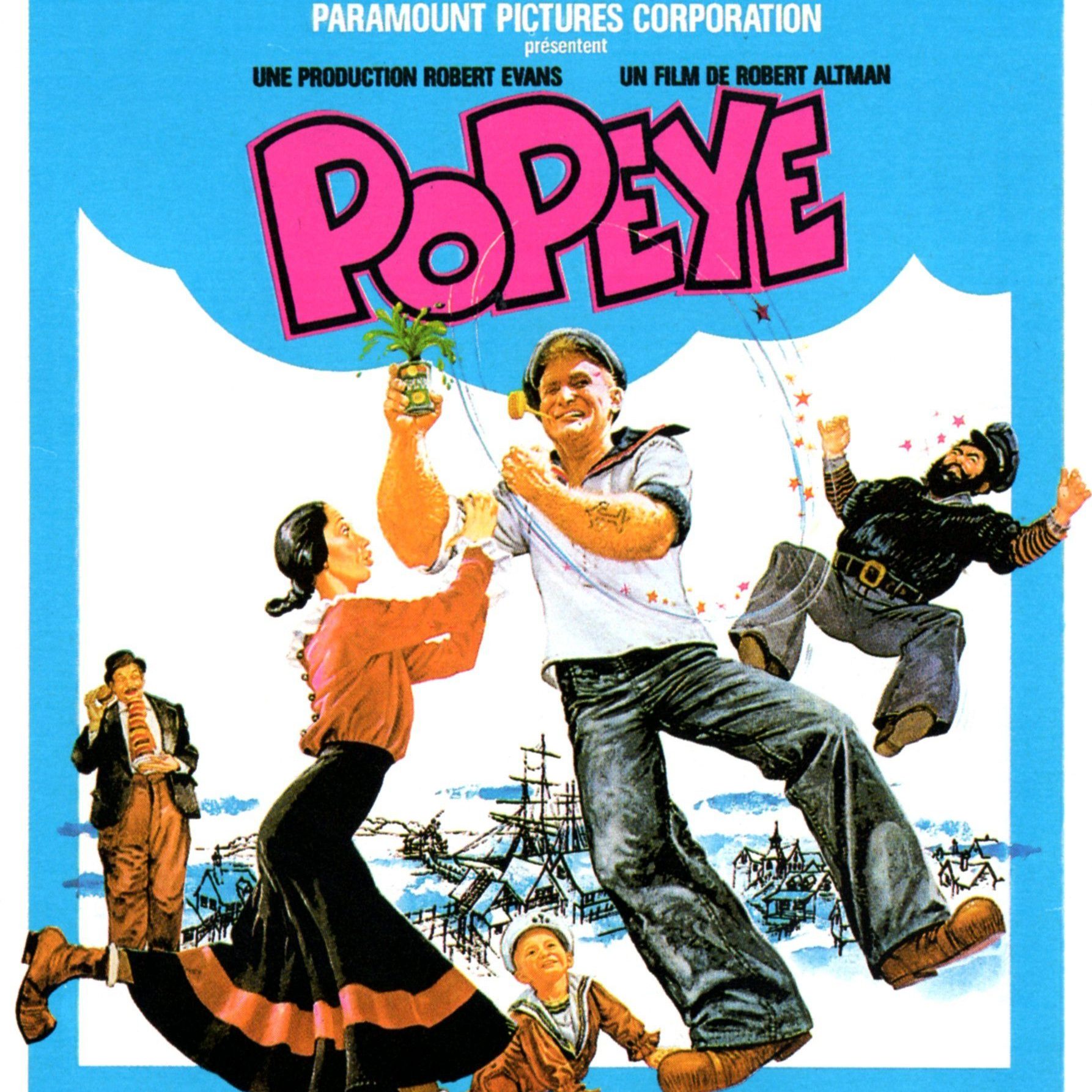
“[Altman] takes one of the most artificial and limiting of art forms – the comic strip – and raises it to the level of high comedy and high spirits,” writes Ebert.
[rtk_adunit_bottom]
11. Popeye’s fake forearms weren’t ready when shooting began

Along with his pipe and unyielding squint, Popeye’s reality-warpingly large forearms are perhaps the most iconic part of his character. Showing off both his immense strength and his wiry scrawniness, the costuming department was under pressure to get them exactly right for the live-action film.
[rtk_adunit_top]
The arms are, at their core, rubber sleeves that are literally able to inflate – which must have been a great help to Williams when he had to dive into the drink!

However, the first iteration of the arms weren’t to Robert Altman’s satisfaction, with him claiming that they weren’t convincing enough.
[rtk_adunit_middle]
Another pair was ordered, but shooting was already due to begin. As a result, Williams can be seen wearing a long-sleeved raincoat in all of the early shots for the film, hiding his skinny normal human arms underneath.
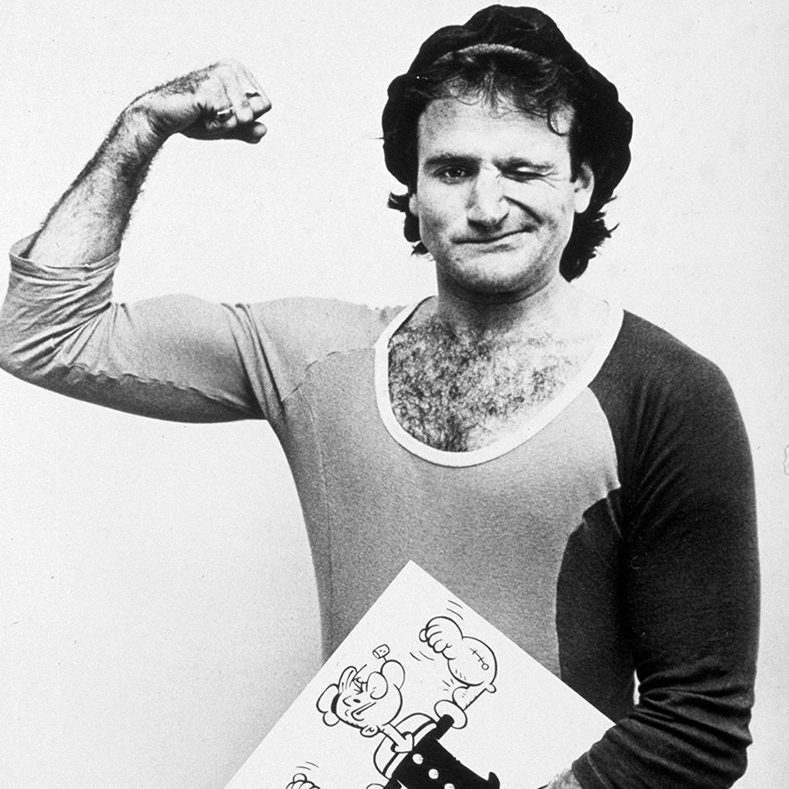
It seems the second pair of arms went down a treat, with Roger Ebert writing in his review that “audiences immediately notice the immense forearms on Robin Williams … they’re big, brawny, and completely convincing.”
[rtk_adunit_bottom]
10. Shelley Duvall sings all her own songs in the film live

Popeye wasn’t filmed like normal movie musicals, as you might have already noticed, and that includes the songs.
[rtk_adunit_top]
Generally speaking, when filming movie musicals, the songs are recorded in a studio and then the actors lip sync to their recordings when on set. Robert Altman had no time for these frivolities.

Instead, Altman demanded that the cast sing live, leading to several issues with sound quality. This is most obviously the case in the film’s opening number, Sweethaven – An Anthem, in which the lyrics can barely be heard above the general cacophony.
[rtk_adunit_middle]
However, Shelley Duvall’s rendition of He Needs Me has won acclaim – even more impressive considering it was sung live!

The sung was famously reused in Paul Thomas Anderson’s Punch-Drunk Love (2002), and was even a featured sample for Carly Rae Jepsen’s song Everything He Needs as recently as 2019.
[rtk_adunit_bottom]
9. The ‘actor’ who played Swee’Pea doesn’t even remember making the film

Most critics agree that the first act of Popeye is relatively aimless – it’s only when the baby, Swee’Pea, is introduced that the film really gets itself in order.
[rtk_adunit_top]
Swee’Pea, an oddly psychic child, is the heart of the film, and ultimately what brings Popeye and Olive Oyl together.

The child is played by Wesley Ivan Hurt, the grandson of director Robert Altman. Does it count as nepotism if they can barely talk?
[rtk_adunit_middle]
Hurt has since grown up to become a maths teacher in Missouri, which is pretty much as distant a career as you can get from directing and starring in Hollywood films.
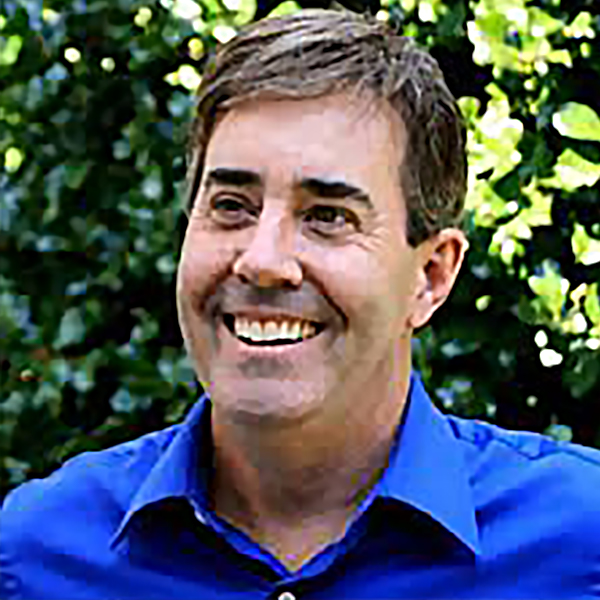
Hurt apparently has no recollection of his role in the film, since he was simply too young to remember – but what an icebreaker at parties!
[rtk_adunit_bottom]
8. The original script featured Eugene the Jeep
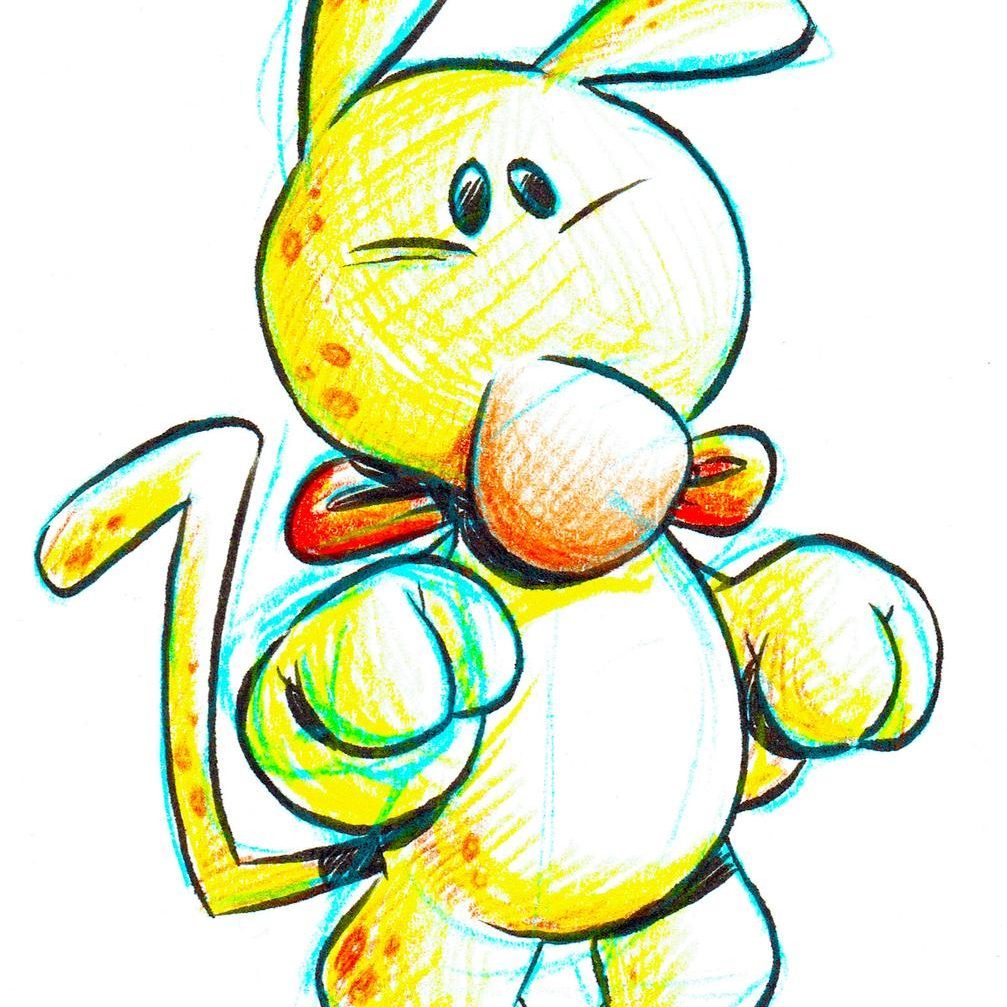
Are you a fan of Popeye? Then you’ll know exactly who Eugene the Jeep is. If not, then you might be a little taken aback that Popeye had a trans-dimensional telekinetic jungle pet in the original comics.
[rtk_adunit_top]
In Jules Feiffer’s original draft of the script, Eugene the Jeep was going to feature, but it’s obvious why this idea quickly become infeasible; instead, many of Eugene’s properties were transferred to Swee’Pea.

“A number of Jeep life cells were somehow forced through the dimensional barrier into our world,” explains Professor Brainstine in the comic. “They combined at a favorable time with free life cells of the African Hooey Hound … So the uniting of kindred cells caused a transmutation. The result, a mysterious strange animal.”
[rtk_adunit_middle]
It’s surprising that a film as outlandish as Popeye decided against including such a creature, with it being a bridge too far – but, then again, it’s a very campy character, and the film is played sincerely.
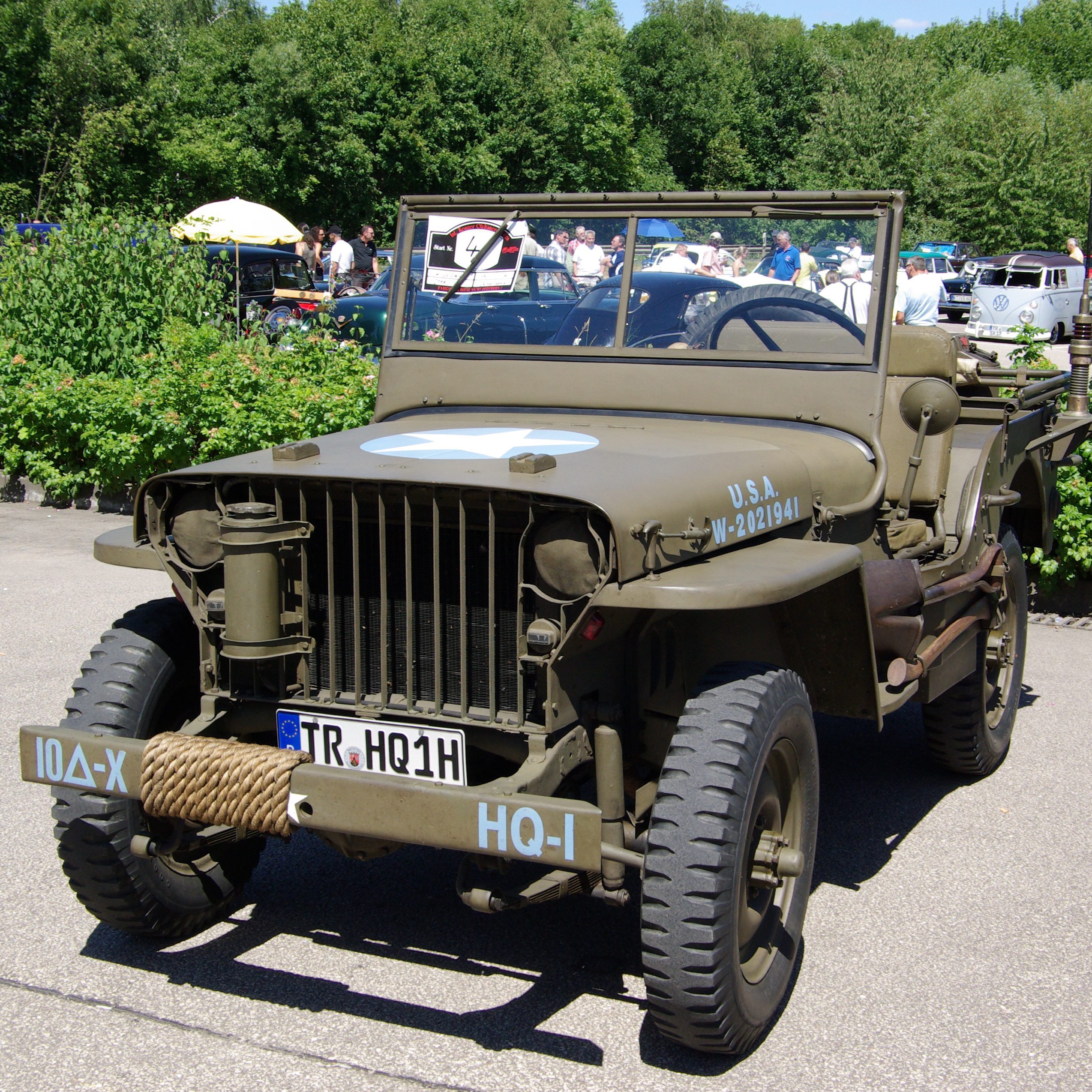
It’s theorised, and popularised by R Lee Ermey on his show Mail Call, that the 4×4 Jeep was named after this character, for its small size and ability to travel anywhere.
[rtk_adunit_bottom]
7. The town drunk is a reference to the 19th century

Blink and you’ll miss it, but Popeye features Sweethaven’s town drunk, known as Barnacle Bill. But that name is no coincidence!
[rtk_adunit_top]
Besides the alliteration and nautical theming, the character is named after the subject of a 19th century drinking song: ‘Barnacle Bill the Sailor’, earlier stylised as Ballochy Bill.
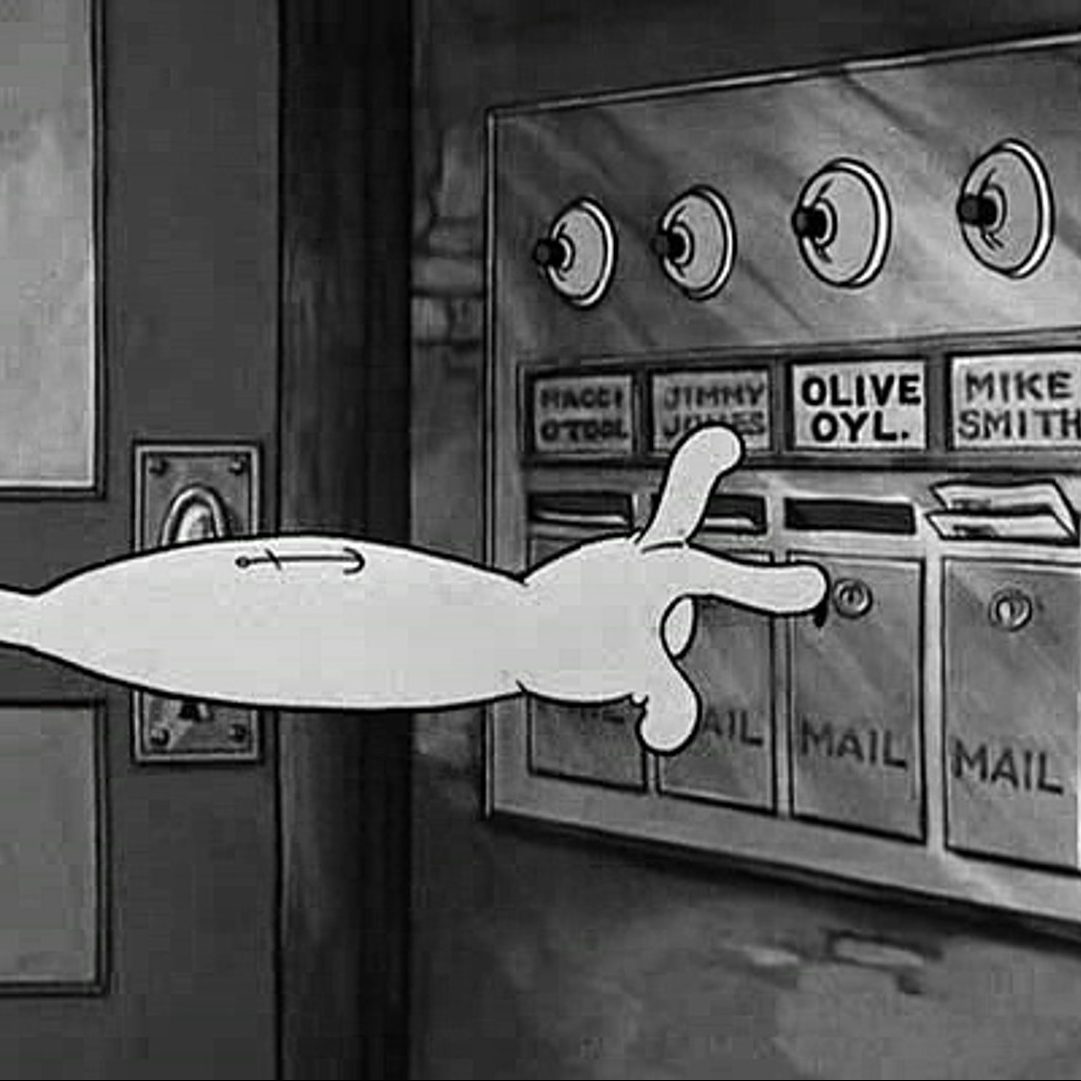
‘O, I’ve got a nice pin-cushion,’
Said the fair young maiden.
‘And I’ve got a pin that will just fit in,’
Said Ballochy Bill the sailor.
‘But what if we have a baby?’
Said the fair young maiden.
‘Strangle the b*****d and throw him away,’
Said Ballochy Bill the sailor.
[rtk_adunit_middle]
The song was first used in the Fleischer cartoons as a recurring theme for Bluto, and a mock operetta titled ‘Beware of Barnacle Bill’ was released in 1935, from which the film character derives.
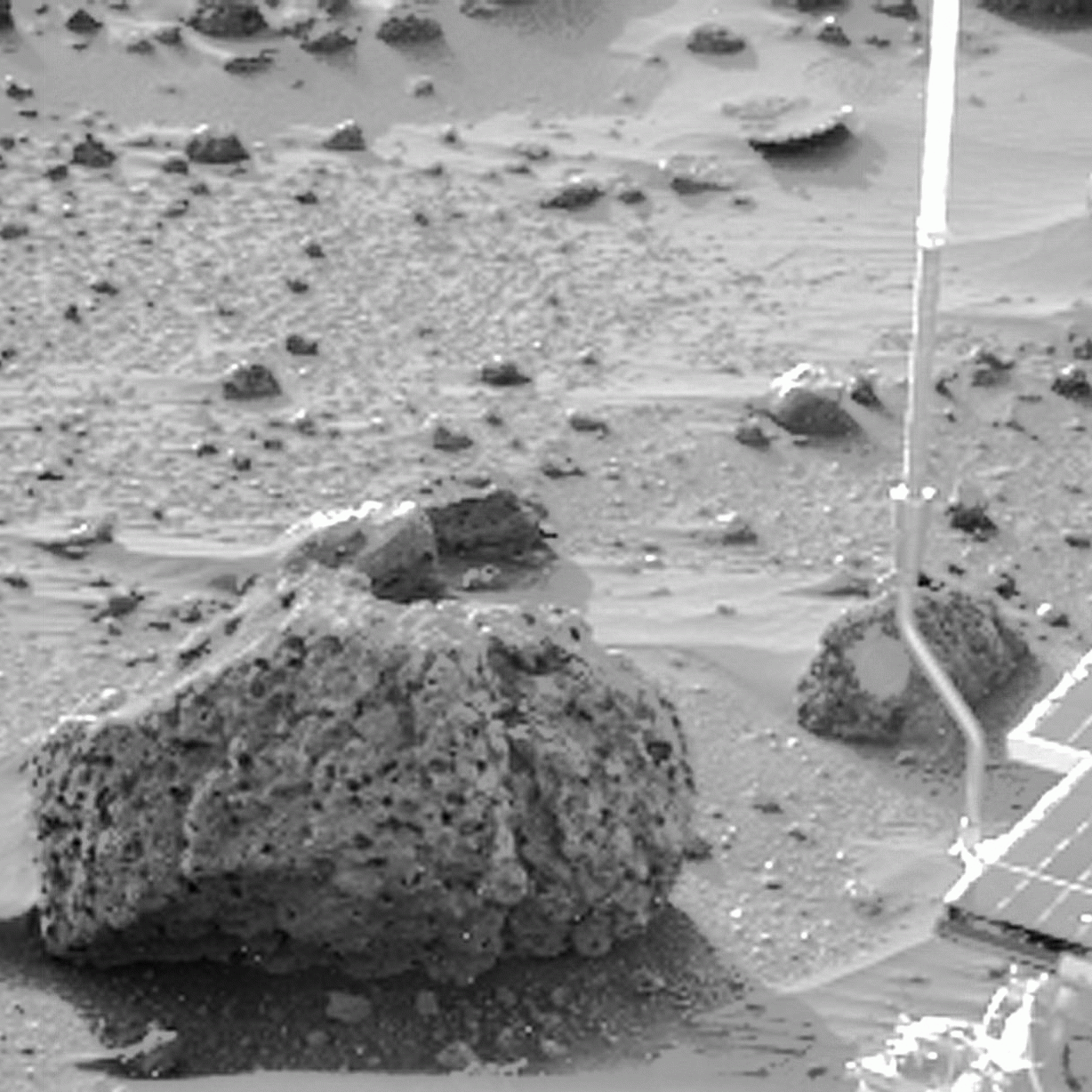
The song was also the inspiration for the name of a rock on Mars, which is 40cm long and theorised to be made of andesite.
[rtk_adunit_bottom]
6. A can of spinach hospitalised Robin Williams
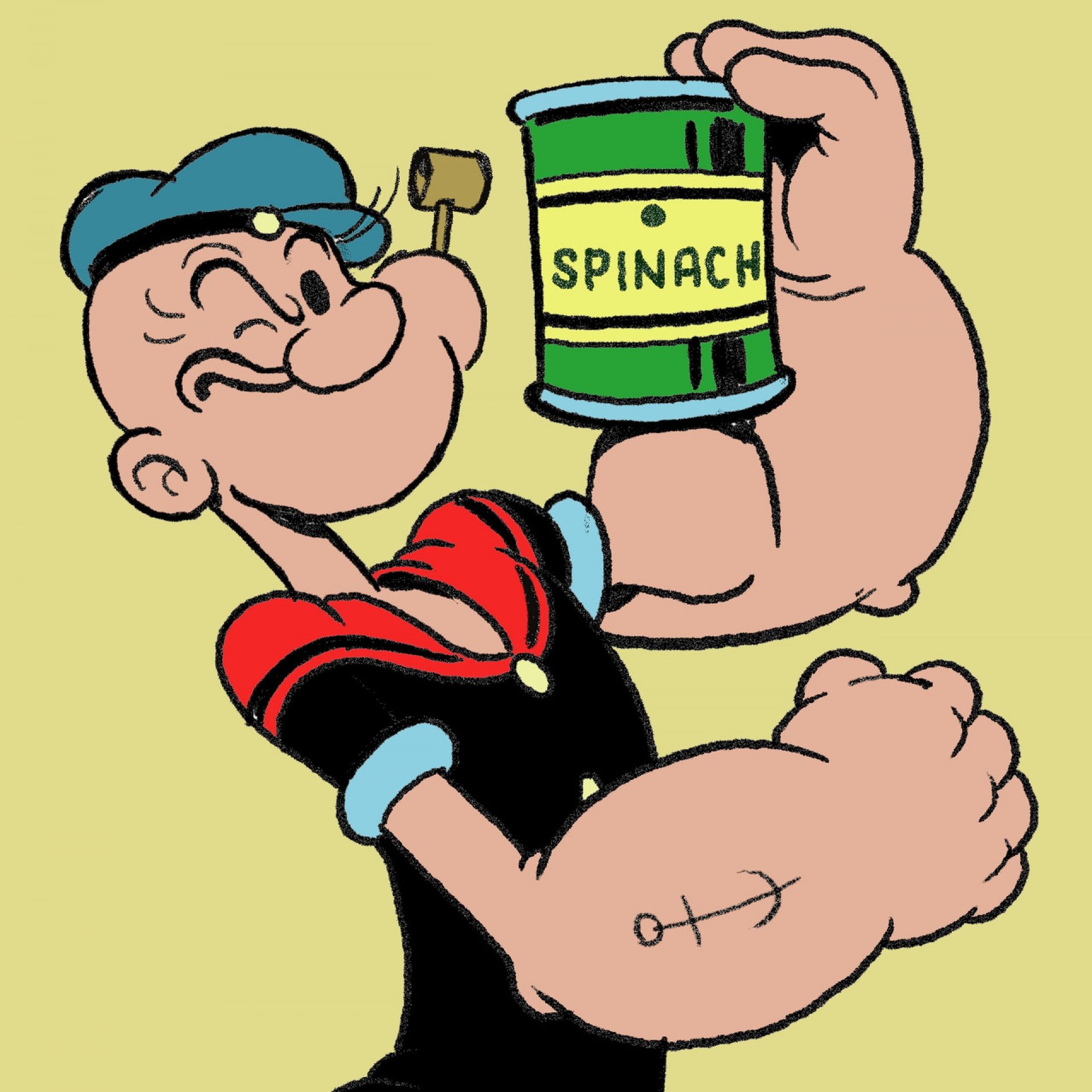
At the climax of the film, the town of Sweethaven is attacked by a giant octopus. It clutches Popeye in its grasp, who struggles to break free. But then he eats a can of spinach, gains enormous strength, and overcomes the beast of the deep.
[rtk_adunit_top]
It’s a little out of the blue (no pun intended), but provides a grand set piece for the film’s finale. The octopus was a large mechanical creature that was quite imposing, even if it often broke down due to being submerged in the ocean.
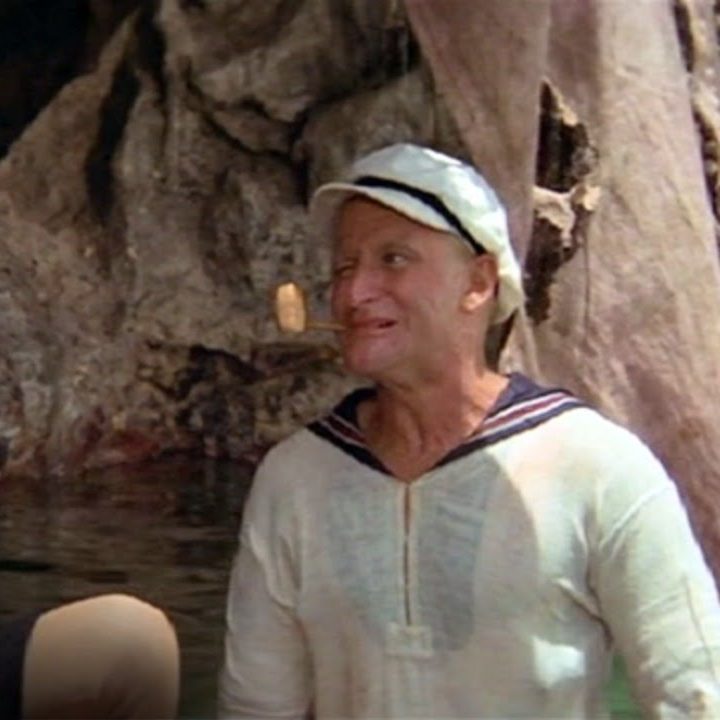
However, it wasn’t the giant robot octopus that was disastrous when filming the scene – it was the can of spinach.
[rtk_adunit_middle]
Pappy, played by Ray Walston, throws the can of spinach down to Popeye, who guzzles the whole thing. But in one of the takes, Walston threw the can so hard that it hit Williams in the head.

Williams required several stitches, and filming was delayed for a number of weeks while he recovered, adding even more to the film’s budget than the octopus repairs.
[rtk_adunit_bottom]
5. Popeye didn’t originally get strong from spinach

Much like in the film, Popeye didn’t like spinach in the original comics; unlike the film, however, Popeye used a very different method to get swole.
[rtk_adunit_top]
You might not believe us, but tying Popeye’s strength to spinach only happened in the early 1930s (and even then infrequently), long after the sailor’s introduction in the early 1920s, and then became a staple of the Fleischer cartoons.

Instead, Popeye initially gained his strength by rubbing the hairs of a ‘Whiffle Hen’ called Bernice. Do not adjust your internet browser: you definitely read that right.
[rtk_adunit_middle]
Bernice is originally from Africa (we’re seeing a theme…) and granted Popeye the ability to recover from his wounds after he was shot by an evil casino manager.

She eventually leaves the comics after meeting a male of her species in Africa. Yes, the comics really are that bizarre.
[rtk_adunit_bottom]
4. Most of Robin Williams’ lines had to be redubbed
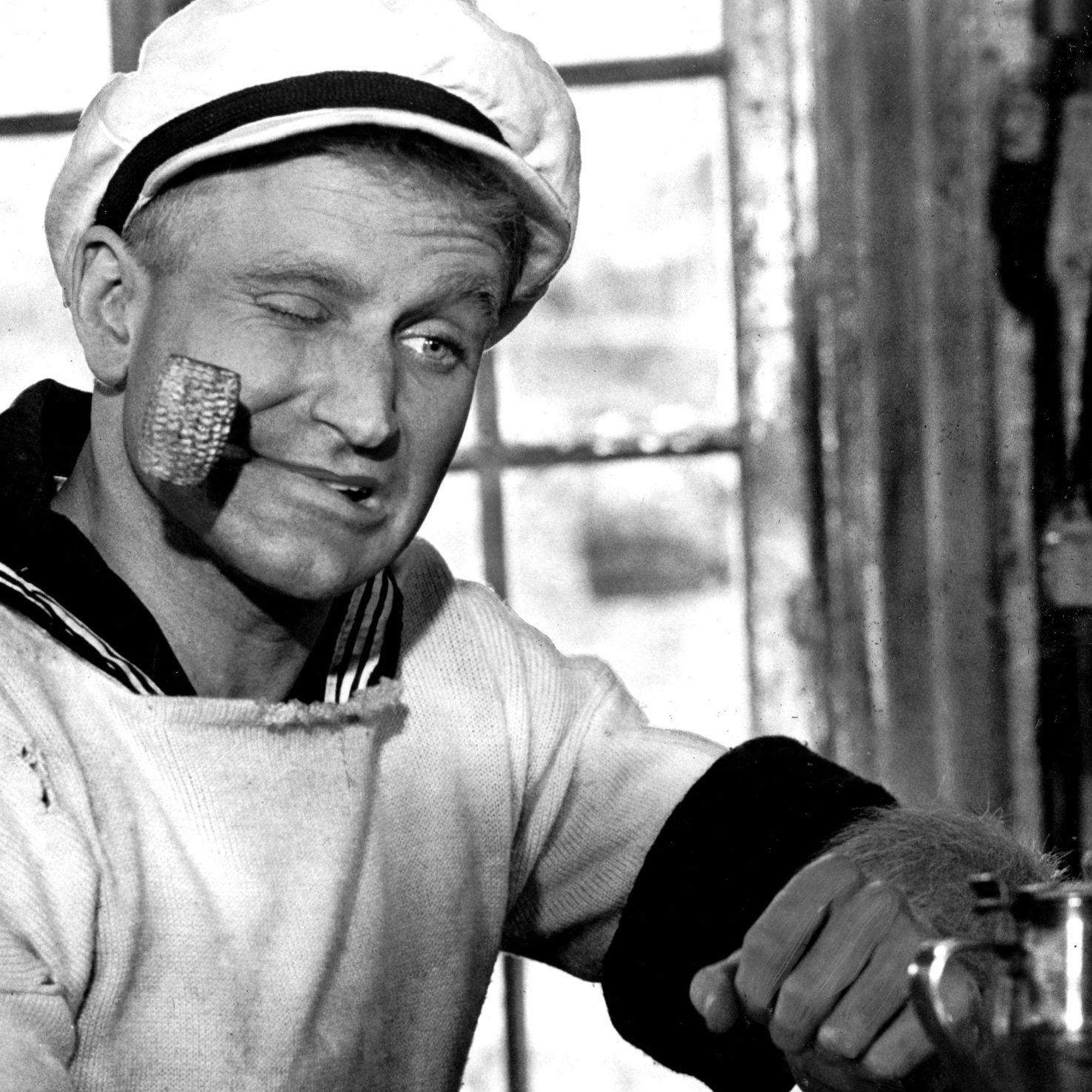
As already mentioned, Popeye represented Robin Williams’ first lead role in a movie – and while that didn’t stop any of the actor’s irrepressible charm coming through, it did mean his acting choices were a little too off the wall.
[rtk_adunit_top]
Squinting and gurning as Popeye, Williams had a tendency to mumble his lines – both as a deliberate character choice, and a natural side effect of speaking with a pipe permanently lodged in his mouth.
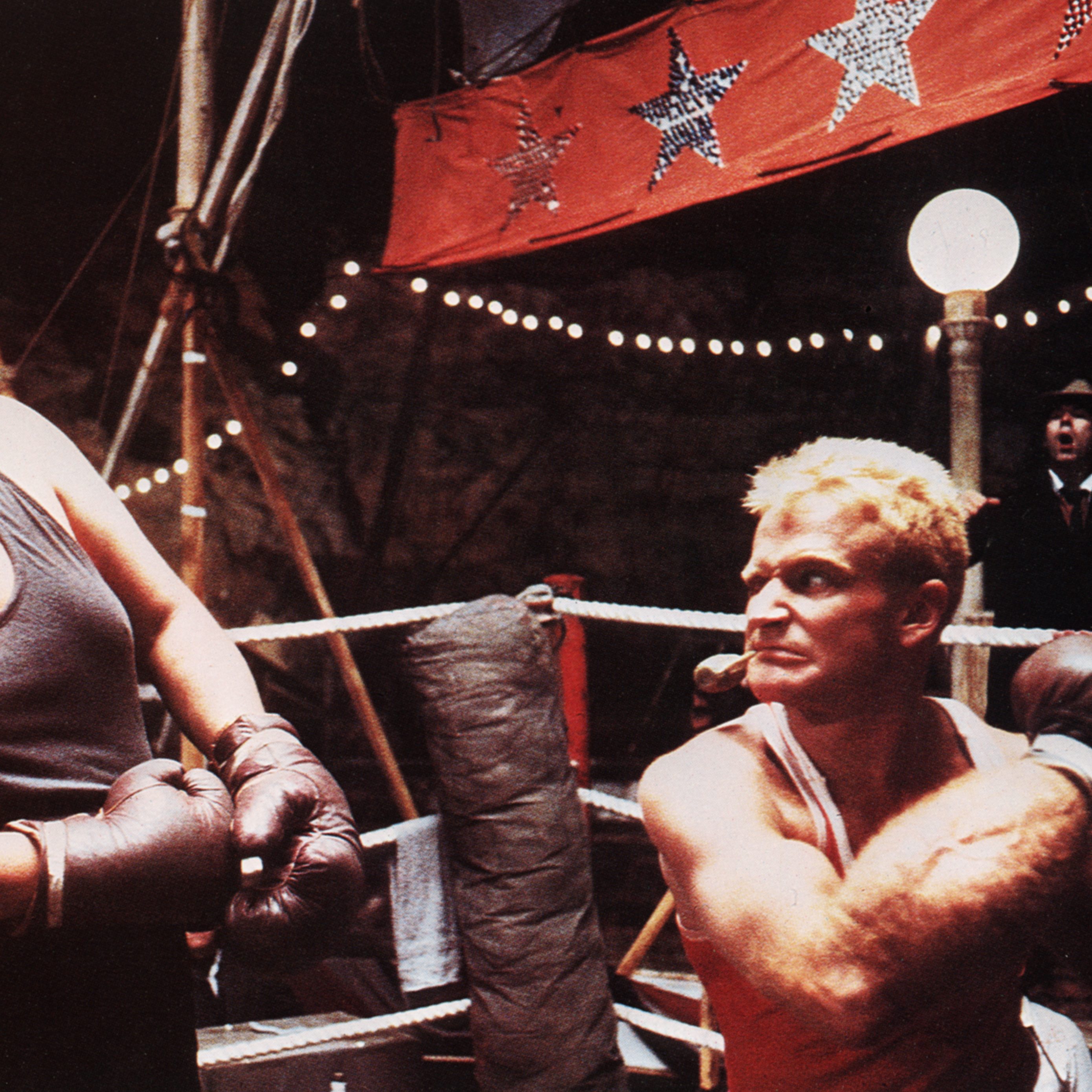
As a result, particularly when combined with Altman’s less than stellar sound design apparatus, test audiences struggled to hear Williams’ lines, which is disastrous considering he’s the title character!
[rtk_adunit_middle]
Williams was brought in to re-dub his lines, but this was far from a perfect process. In fact, the lip-syncing quite often doesn’t match up.

It just goes to show that each Robin Williams performance is unique and can’t be replicated, not even by the man himself.
[rtk_adunit_bottom]
3. Pappy was almost completely removed from European versions of the film

Popeye isn’t just a film about Popeye and Olive Oyl’s romance. It isn’t even just a film about them finding and adopting Swee’Pea. In fact, Popeye’s main character arc is finding out who he is; after all, he arrives in Sweethaven because he’s heard a rumour his dad is in town.
[rtk_adunit_top]
So when Popeye finds Pappy, it’s the emotional climax of the film, and when he saves his son by throwing him some spinach, it truly becomes a family film.

You might therefore think that Pappy is a central part of the film. Well, editors in Europe would completely disagree.
[rtk_adunit_middle]
The British and European release of Popeye runs 14 minutes shorter than the American film, and almost completely excises Pappy from the plot, meaning his entire subplot becomes confusing and pointless.
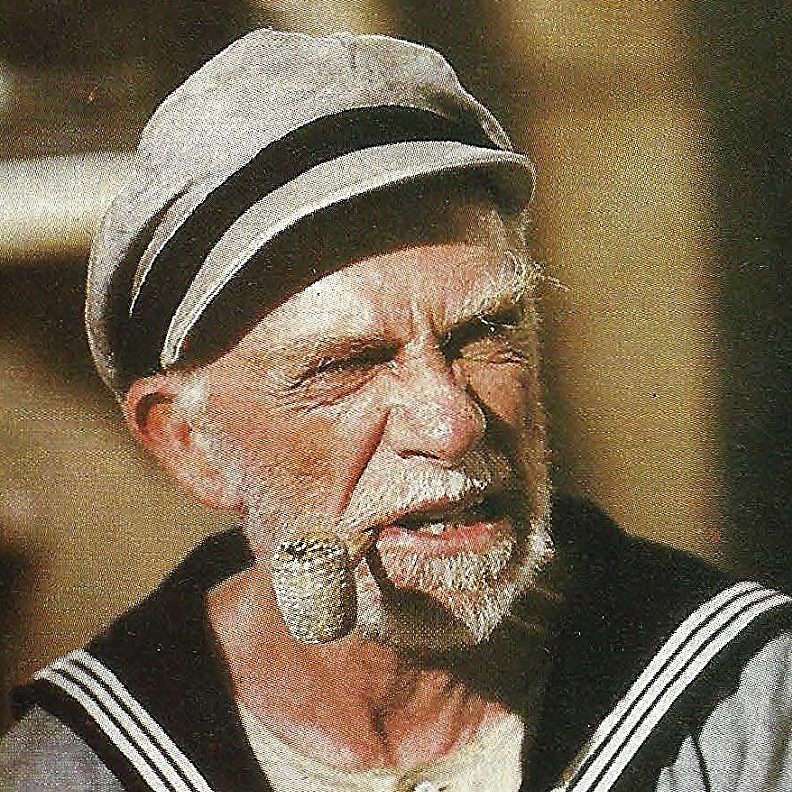
We’re not sure why European editors in particular hated Pappy so much, but it’s likely that their cutting was haphazard and rushed overall.
[rtk_adunit_bottom]
2. Dustin Hoffman wanted to play Popeye
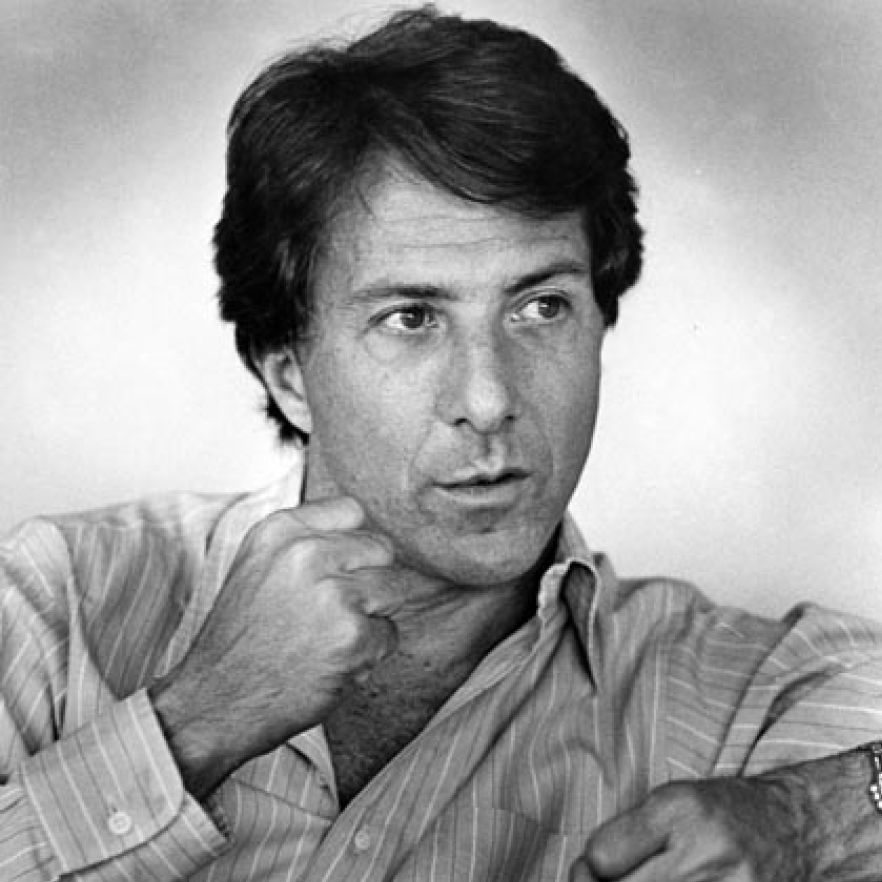
Before Robin Williams was even considered for the role of Popeye, producer Robert Evans had someone else in mind. As well as poaching John Schlesinger from Marathon Man, he also wanted its star: Dustin Hoffman, who happened to be his good friend.
[rtk_adunit_top]
Hoffman was interested, too. As Feiffer writes in his memoir, “he gushed over my script. Not since The Graduate had he seen a script this promising. It reminded him of Beckett, it reminded him of Kafka. On and on he went…”

But something was amiss. When Feiffer returned to New York, however, Hoffman demanded a new writer.
[rtk_adunit_middle]
“If Evans had agreed to fire me he could have held on to Dustin,” Feiffer continues. “…Hoffman was a big movie star. His name had the power to move a picture forward. Most producers, most studios would have fired me…”
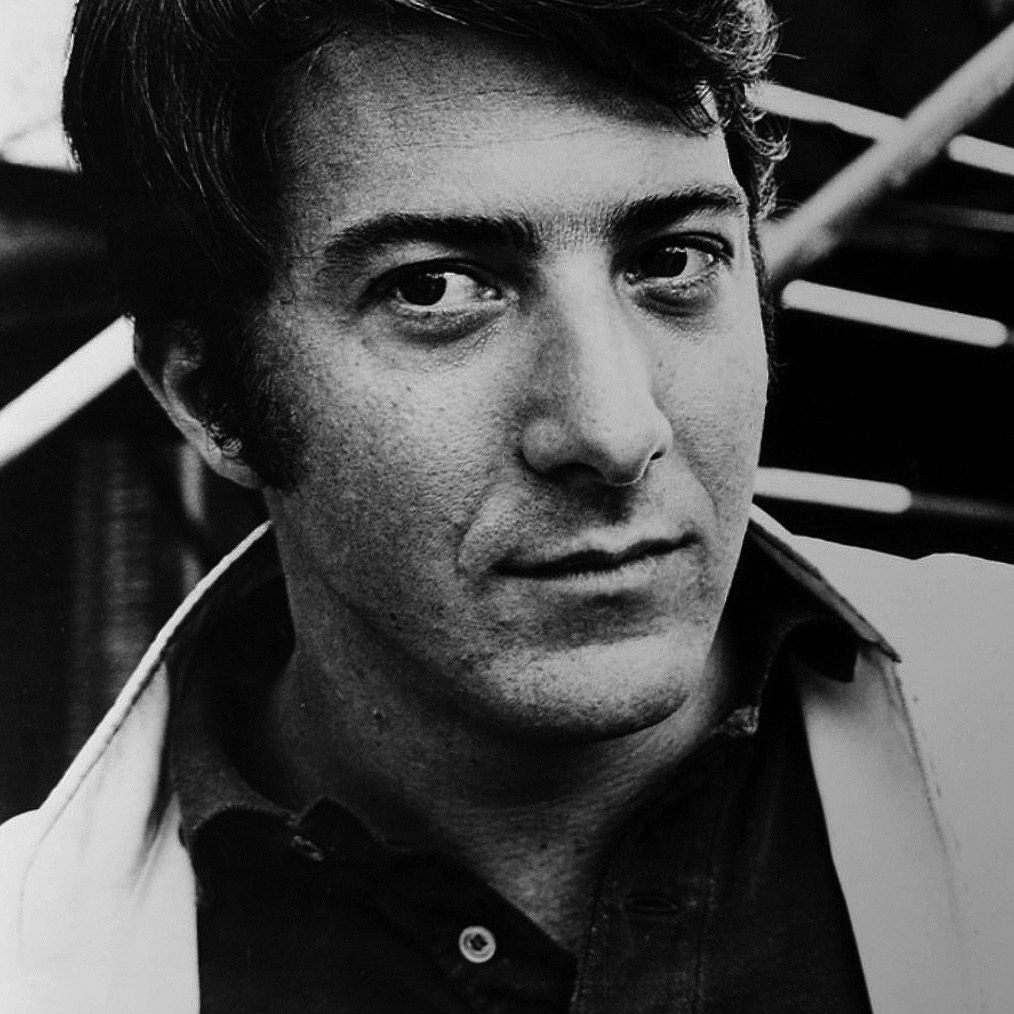
Ultimately, Evans defended Feiffer and Hoffman backed off – all the way out of the movie. The production was in financial limbo until it gained a star convincing enough to bring on investors: Robin Williams.
[rtk_adunit_bottom]
1. It WASN’T a flop
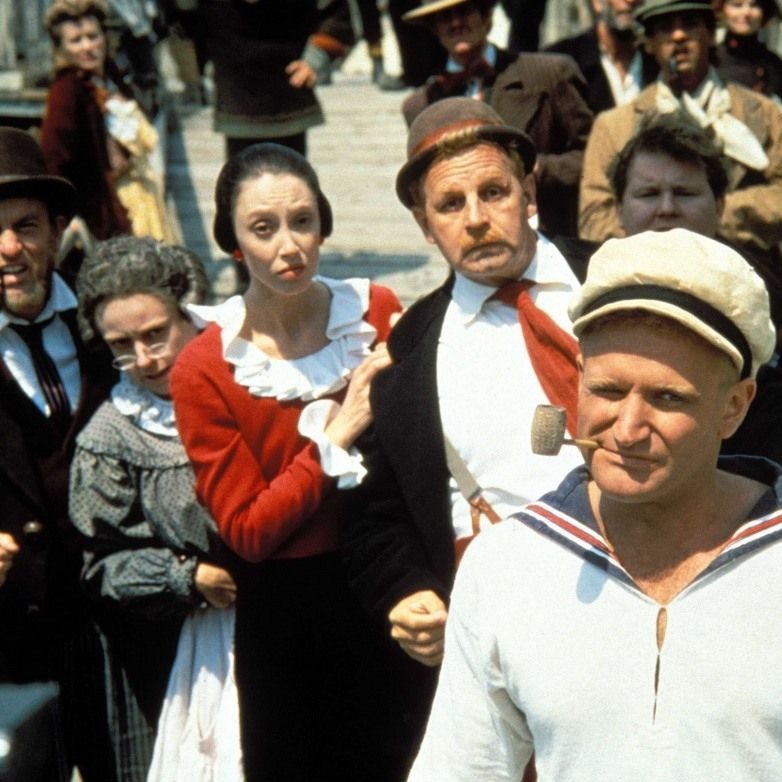
If you’ve reached number 1 on this list, you’re probably already a fan of Popeye – or we’ve managed to sway you. In all honesty, the film is generally considered to be a catastrophic failure.
[rtk_adunit_top]
Robin Williams sought to distance himself from the role in his stand-up material, and it was thought to have tanked Robert Altman’s career until he had something of a renaissance in the 90s, beginning with The Player (1992).
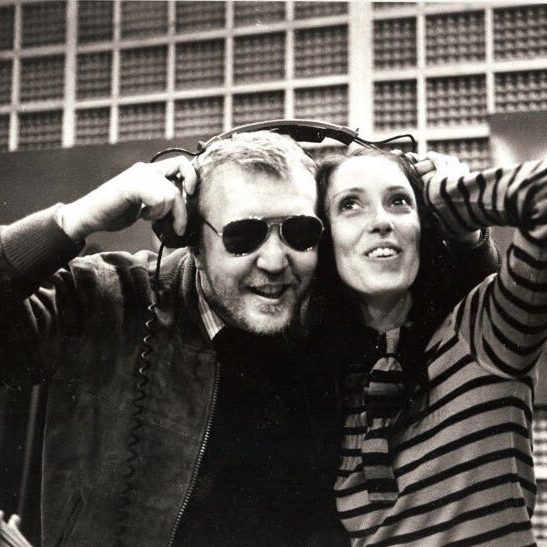
Yet, factually speaking, the film was anything but a failure. From an initial $20 million budget, the film grossed $60 million, as well as healthy takings on home video.
[rtk_adunit_middle]
In this case, it was a matter of managing expectations. Paramount and Disney had wanted a major summer blockbuster that would turn heads, but Popeye – so odd, frantic and muddled – was relatively something of a damp squib.
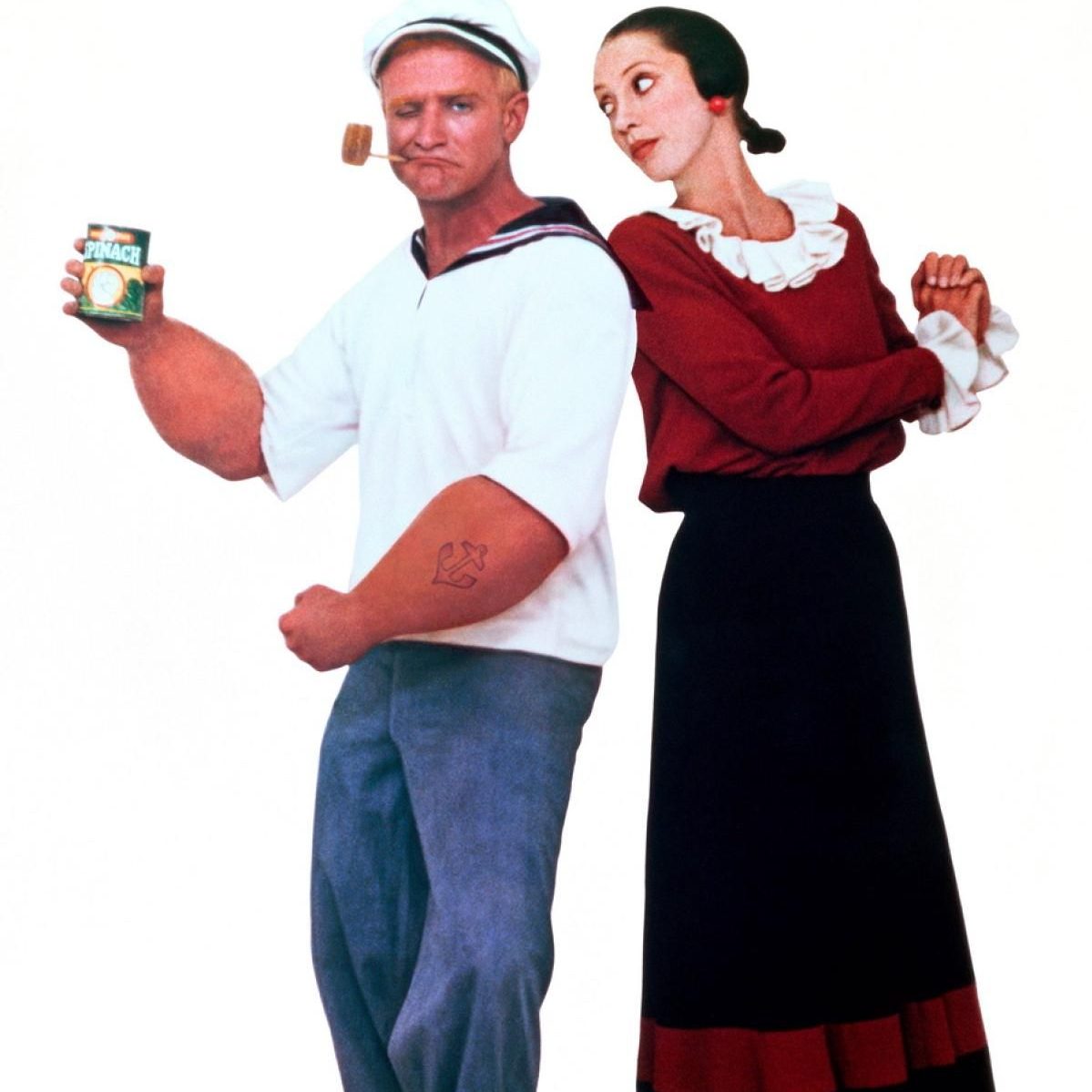
Popeye has gained cult classic status after all these years, but it’s still looked down upon. So swallow a tin of spinach, punch a hirsute sailor in the jaw and squint so hard your eyes start to bleed: it’s time to give Popeye the recognition it deserves.
[rtk_adunit_end]

